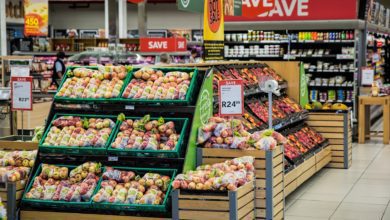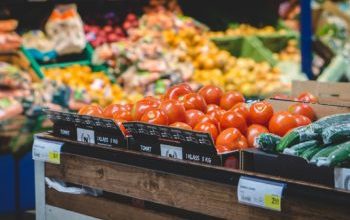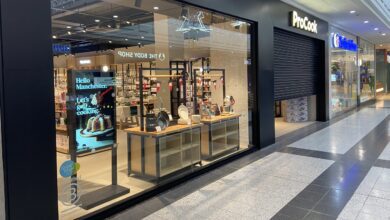How high street retailers can make it as ‘bricks and clicks’ companies

Register to get 1 free article
Reveal the article below by registering for our email newsletter.
Want unlimited access? View Plans
Already have an account? Sign in
Next year Amazon is set to celebrate its 25th birthday, although much of the high street won’t be joining the party, with an estimated 38,900 UK retail jobs being lost or affected this year alone. The roll call of businesses that have entered administration, from House of Fraser to Poundworld continues to lengthen.
So why haven’t high street retailers been able to adapt? There are myriad reasons, but partly it comes down to mind-set. For example, you still hear ecommerce teams say things like: “My instore team don’t like it if we do too well online, because it feels like we’re taking their sales.” Despite everyone knowing that they really should be working together, for many retailers online and instore are seen as two separate – even competing – businesses.
The positive news is that taking a more holistic view enables retailers to exploit the advantages of a high street presence and fuse them with ecommerce. After all, even Amazon sees the value of having physical stores – as shown by its acquisition of the Whole Foods grocery business. In fact a raft of online-only stores including Missguided, Gymshark and Zalando have recently opened physical outlets.
Essentially, bricks and mortar retailers need to focus on five key areas to thrive as bricks and clicks companies:
Work the data
Ecommerce allows retailers to gather a large amount of behavioural AND transactional customer data. However, so does the high street, and sharing data about customers can maximise the overall sales opportunity. For example, if online data shows a spike in demand for certain products or brands in particular postcodes, ensure they are available on the shelves locally. Similarly, use offline purchase data from in-store customers to personalise the ecommerce experience.
Deliver a cohesive experience
Retailers need to remember that customers visiting physical stores will also be making online purchases. They expect the offline and online user experience to be completely cohesive. For example, if there is a local store promotion customers who live in the area who check online will expect to see it mentioned. So ensure in-store staff are up to date with what is happening on your website – and vice versa.
Focus on personal service
Amazon may be nearly 25, but many traditional retailers have been operating for well over a century. This combination of recognition and trust is a strong weapon to be used across your operations.
Clearly, you still need to offer the right products at the right prices, but make sure you are exploiting your brand and delivering personal service. Online it’s difficult to replicate the feel of an attentive, in-store assistant, but personalisation technology can help bridge the gap by building a deep understanding of every product and every visitor. It homes in on each shopper’s online activity – what brought them to the site, what they browse and engage with – and runs this data through powerful self-learning algorithms to predict which products individuals are most likely to be interested in.
Maximise the click and collect opportunity
The ability to collect and return products bought online in high street stores is a big advantage for traditional retailers. However, it isn’t enough to turn your shops into collection and drop-off points – it’s also a huge opportunity to tempt people to make additional purchases. Look at store layout to maximise opportunities and train staff to offer complementary products to support online purchases that are being collected, returned or exchanged.
Define your USPs and vision CLEARLY
Businesses will struggle to compete with Amazon directly, just as Waitrose would find it difficult to compete with Aldi on price. Understand what makes your brand/business different and focus on it. This might be customer service (John Lewis), speed of delivery and price (Bulk Powders) or luxury and choice (Harrods).
Commentators predicting the end of the high street are clearly being premature. However, if traditional retailers are to survive, they have to draw out all the potential benefits of combining their bricks and clicks environments. Successfully fusing the two into one seamless joined-up experience for customers remains the biggest challenge.
By James White, Head of UK and Ireland at Nosto, a leading e-commerce personalisation platform







